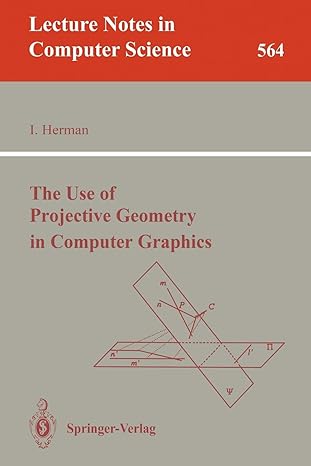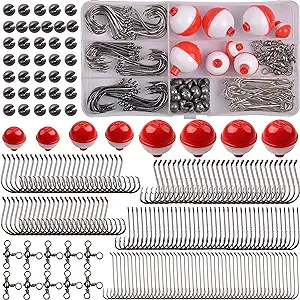Go back


The Use Of Projective Geometry In Computer Graphics LNCS 564(1st Edition)
Authors:
Ivan Herman

Cover Type:Hardcover
Condition:Used
In Stock
Include with your book
Free shipping: April 06, 2024Popular items with books
Access to 3 Million+ solutions
Free ✝
Ask 10 Questions from expert
200,000+ Expert answers
✝ 7 days-trial
Total Price:
$0
List Price: $32.99
Savings: $32.99(100%)
Book details
ISBN: 3540550755, 978-3540550754
Book publisher: Springer
Get your hands on the best-selling book The Use Of Projective Geometry In Computer Graphics LNCS 564 1st Edition for free. Feed your curiosity and let your imagination soar with the best stories coming out to you without hefty price tags. Browse SolutionInn to discover a treasure trove of fiction and non-fiction books where every page leads the reader to an undiscovered world. Start your literary adventure right away and also enjoy free shipping of these complimentary books to your door.
The Use Of Projective Geometry In Computer Graphics LNCS 564 1st Edition Summary: The ultimate goal of all 3D graphics systems is to render 3D objects on a two-dimensional surface such as plotter output or a workstation screen. The approach adopted by most graphics systems is to perform a central or parallel projection of the objects onto the view surface. These systems have to make use of the mathematical results of projective geometry. This monograph has as its aim the derivation of a framework for analyzing the behavior of projective transformations in graphics systems. It is shown that a mathematically precise description of the projective geometrical nature of a graphics system leads not only to a deeper understanding of the system but also to new approaches which result in faster or more precise algorithms. A further aim of the book is to show the importance of advanced mathematics for computer science. Many problems become easier to describe or to solve when the appropriate mathematical tools are used. The author demonstrates that projective geometry has a major role to play in computer graphics.
Customers also bought these books
Frequently Bought Together
Top Reviews for Books
Request 2xkl4i
( 4 )
"Delivery was considerably fast, and the book I received was in a good condition."










